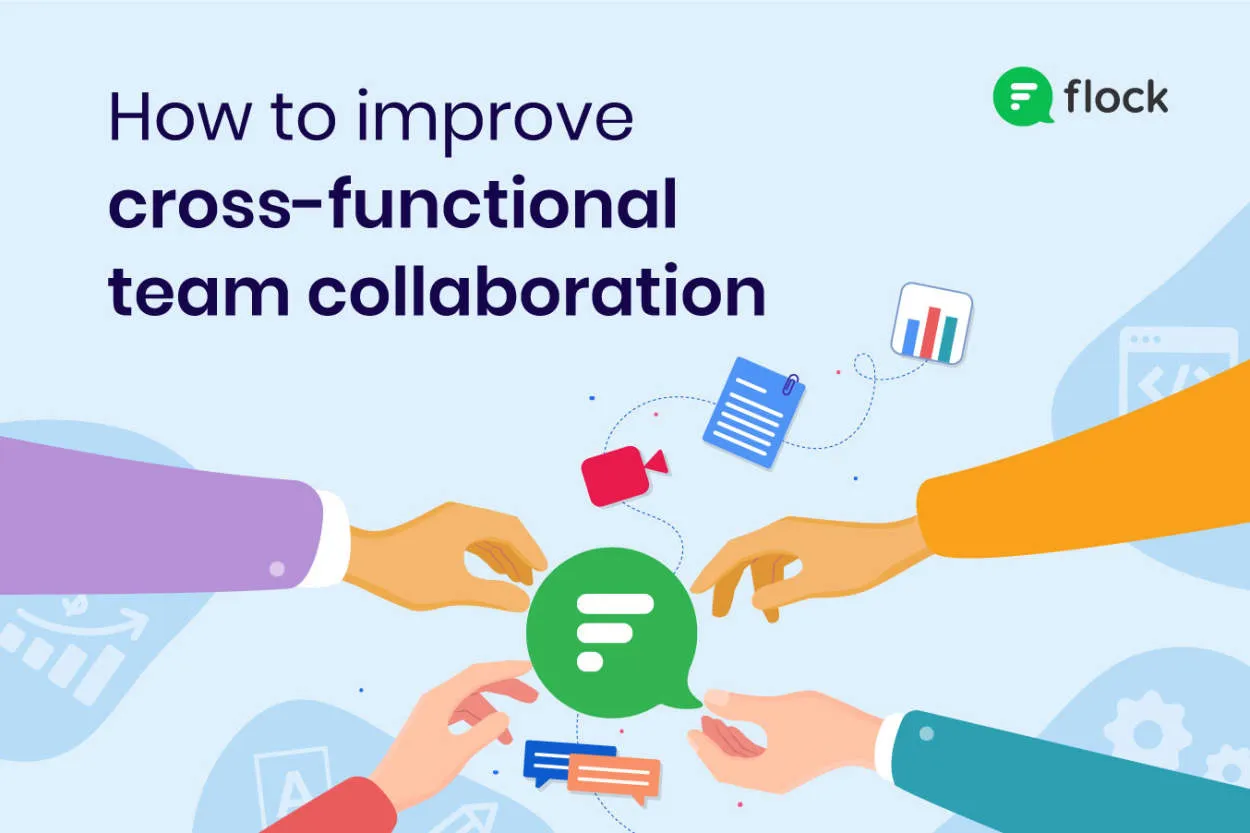Effective cross-functional collaboration is crucial for employees to achieve organizational success. It involves individuals from different departments or teams working together, leveraging their diverse skills and perspectives to achieve a common goal. This article explores the benefits of cross-functional collaboration and provides practical strategies for enhancing teamwork and communication across functions.
The Benefits of Cross-Functional Collaboration
Cross-functional collaboration refers to the cooperation between individuals from different departments or areas of expertise within an organization. This form of collaboration has become increasingly essential in today’s workplace, as it offers several valuable benefits:
- Enhanced problem-solving: When employees from different departments collaborate, they bring diverse perspectives and skill sets to the table. This variety of viewpoints leads to more creative and effective problem-solving. Ideas can be explored from various angles, leading to innovative solutions that may not have been possible without cross-functional collaboration.
- Improved efficiency: Collaborating across functions helps break down silos and enhances communication and coordination between teams. This increased synergy results in improved efficiency as teams can work together more seamlessly towards shared goals.
- Increased knowledge sharing: Through cross-functional collaboration, employees have the opportunity to learn from one another. Each department brings unique expertise and experiences, and this knowledge sharing can lead to individual growth and the development of new skills.
- Enhanced decision-making: Cross-functional collaboration enables a wider range of perspectives to be considered when making important decisions. By involving individuals with diverse expertise, decisions can be more well-rounded, ensuring potential risks and opportunities are thoroughly assessed.
- Stronger employee relationships: Collaborating across functions fosters a sense of teamwork and unity among employees. Building relationships with colleagues from different departments helps break down barriers, promotes a positive work culture, and can lead to increased job satisfaction and employee engagement.
Overall, cross-functional collaboration brings numerous benefits to both individuals and organizations. By leveraging the collective knowledge, skills, and perspectives of employees from different departments, organizations can drive innovation, improve efficiency, and foster a more collaborative work environment.
Building Trust and Communication Across Departments
In today’s fast-paced and complex business environment, effective cross-functional collaboration is crucial for the success of any organization. It involves breaking down silos and fostering communication and trust between different departments within the company.
One of the key benefits of building trust and communication across departments is improved problem-solving and decision-making. When employees from different departments collaborate, they bring diverse perspectives and expertise to the table. This interdisciplinary approach can lead to innovative solutions and better outcomes.
Another advantage is increased efficiency and productivity. By sharing knowledge, resources, and best practices, departments can avoid duplicating efforts and streamline their processes. This synergy helps in achieving organizational goals more effectively and within shorter timeframes.
Effective cross-functional collaboration also enhances employee engagement and reduces conflicts. When individuals from different departments work together towards a common goal, it fosters a sense of belonging and teamwork. As a result, employees feel motivated, valued, and more satisfied with their work.
To promote trust and communication across departments, companies should establish clear channels of communication and encourage regular interactions between employees from different disciplines. This can be achieved through team meetings, cross-functional projects, and training programs that promote collaboration.
Additionally, it is important to create a culture that values and rewards collaboration. Recognizing and appreciating individual and team efforts in achieving cross-functional objectives can further motivate employees to participate actively and contribute their expertise.
In conclusion, building trust and communication across departments is essential for effective cross-functional collaboration. It leads to improved problem-solving, increased efficiency, enhanced employee engagement, and a more harmonious work environment. By fostering collaboration, organizations can stay competitive in today’s dynamic business landscape.
Strategies for Successful Cross-Functional Collaboration
Cross-functional collaboration plays a crucial role in the success of employees in today’s fast-paced work environment. It allows individuals from different departments or teams to work together towards a common goal, combining their unique skills and perspectives. To ensure effective cross-functional collaboration, here are some strategies to consider:
-
Establish Open Communication Channels:
Open and transparent communication is essential for fostering collaboration between different teams. Encourage employees to share ideas, updates, and challenges openly. Utilize various communication platforms such as team meetings, group emails, chat apps, and project management tools to ensure everyone is well-informed and has the opportunity to contribute.
-
Encourage a Culture of Trust:
Building trust among team members is crucial for successful collaboration. Foster a supportive environment where individuals feel comfortable sharing their opinions, asking for help, and providing feedback. Encourage teamwork and discourage any form of blame or judgment.
-
Define Clear Roles and Responsibilities:
Clearly define the roles and responsibilities of each team member involved in the cross-functional collaboration. This reduces ambiguity and helps avoid conflicts or duplication of efforts. Ensure that everyone understands their specific contributions and how they align with the overall objectives.
-
Set clear and shared goals that align with the organization’s mission. When all team members understand the common objectives, they can work together more efficiently. Regularly communicate these goals and monitor progress to maintain focus and motivation.
-
Promote Collaboration Tools and Technologies:
Utilize collaboration tools and technologies to facilitate communication and streamline workflows. Project management software, cloud-based document sharing platforms, and virtual meeting tools can enhance cross-functional collaboration by enabling real-time collaboration and providing a centralized space for information exchange.
-
Celebrate Success and Learn from Failures:
Recognize and celebrate successful cross-functional collaborations. This encourages a positive attitude towards future collaborations and reinforces the value of working together. Additionally, learn from any failures or challenges encountered during the process, and iteratively improve the collaboration strategies.
Implementing these strategies will help create a harmonious and productive cross-functional collaboration environment, leading to enhanced creativity, faster problem-solving, and improved overall performance.
Conclusion
Effective cross-functional collaboration is crucial in today’s workplace. By breaking down silos and encouraging teamwork among employees from different departments, organizations can improve communication, increase efficiency, and drive innovation. Through open communication channels, clear goals, and a culture of trust and respect, employees can collaborate effectively and achieve better results. Embracing cross-functional collaboration not only benefits the organization as a whole but also promotes personal growth and development for individual employees.




